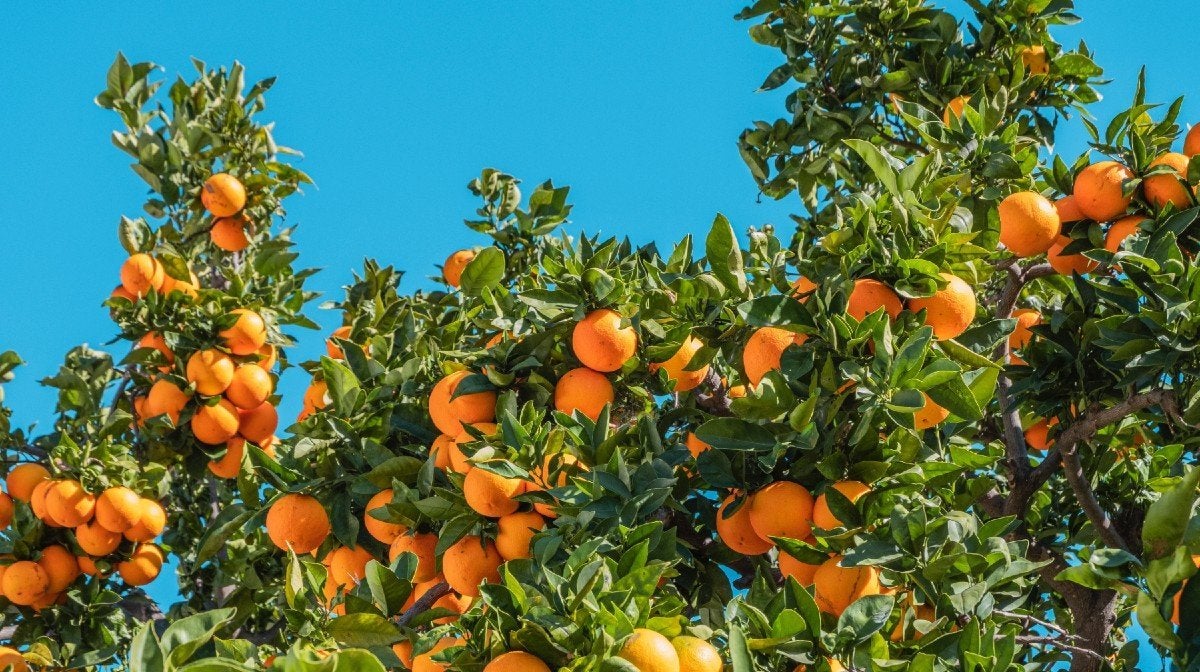
Pollen food syndrome, also known as oral allergy syndrome, is a hypersensitivity reaction that happens when some people eat fruits, vegetables, nuts, or spices.1 It most commonly causes people to experience itchiness of the tongue, lips and mouth after eating certain plant-based foods.1 Although we often hear about allergies to other foods, like gluten or dairy, pollen food syndrome presents a little differently and can develop at any time.
What is it?
Pollen food syndrome occurs when the body reacts to proteins in certain plant-based foods and often occurs in people who also show allergic symptoms from pollen.1 Allergic reactions occur based on the proteins in these foods and are often limited to the face and mouth, but in rare cases can cause more systemic allergic reactions.2 These plant proteins are like the pollen proteins that cause hay fever allergy, causing the body to produce a similar reaction.
Pollen food syndrome is less common in young children and can develop after years of eating foods with no problems. Linked to hay fever, pollen food syndrome is more likely to develop in older children, teens and adults who are allergic to pollen.3
Symptoms
Symptoms of pollen food syndrome include itchiness of the lips, tongue, throat, and the inside of the mouth. Some people also experience swelling, and people with more severe reactions may experience hives or wheezing.
Food that can trigger pollen food syndrome
Pollen in foods that can trigger pollen food syndrome include birch pollen, grass pollen, ragweed pollen, mugwort pollen, Timothy grass pollen, and orchard grass pollen.4 Here are some of the most common foods linked to pollen food syndrome, based on each type of pollen.
Foods containing birch pollen: apples, almonds, apricots, carrots, celery, cherries, hazelnuts, kiwis, peaches, pears, plums3 Foods containing grass pollen: celery, melons, oranges, peaches, tomatoes3 Foods containing ragweed pollen: bananas, butternut squash, cucumbers, melons, sunflower seeds, courgette3 Foods containing mugwort pollen: bell peppers, cauliflower, chard, fennel, garlic, onion4 Foods containing Timothy grass or orchard grass pollen: oranges, peaches, tomatoes, watermelon, potatoes4
Advice
Because food allergies occur as a reaction to the proteins in foods, heating the food can break down the proteins and make them safer to eat. Canned fruits and vegetables are often safe due to the heat used in the canning process. You can even break down the proteins in the microwave to help decrease your sensitivity. Foods that aren’t suitable for heating, like bananas or melon, may be better avoided if they cause significant symptoms.
Because nuts are higher in protein than most fruits or vegetables, they may not be safe even when cooked or roasted. Monitor your symptoms and talk to your doctor about whether you should carry an EpiPen for severe reactions. Most people can manage symptoms with antihistamines.
How can you eat with this in mind?
If you have only mild symptoms from pollen food syndrome, you can find ways to still enjoy most plant-based foods. Roasting vegetables or using those associated with pollen food syndrome in soups or stews will break down the proteins. Steaming, stir-frying, or microwaving until hot can also work.
If fruits cause you to experience oral allergy symptoms, choose canned versions over fresh ones. Frozen fruits may still have intact proteins, so they should also be avoided. Skins and seeds often have proteins that cause reactions, so make substitutions like apple sauce instead of raw apples.
Pollen allergies are seasonally prevalent, and you may notice more pronounced symptoms during these months of the year.4 If you notice your symptoms flaring up during only certain times of the year, take extra care to avoid the raw forms of these foods.
Take home message
While pollen food syndrome may sound scary, most people only experience mild symptoms and anaphylactic reactions are rare.4 By cooking foods properly and avoiding skins or seeds, it’s possible for many people to still enjoy nutrient-dense fruits and vegetables. Keep track of the foods that affect you most and always talk to your doctor if you notice your symptoms getting worse.

Claire is a Registered Dietitian through the Academy of Nutrition and Dietetics and a board-certified Health and Wellness Coach through the International Consortium for Health and Wellness Coaching. She has a Bachelor of Science in Biology and a Master’s degree in Clinical Dietetics and Nutrition from the University of Pittsburgh.
Talking and writing about food and fitness is at the heart of Claire’s ethos as she loves to use her experience to help others meet their health and wellness goals.
Claire is also a certified indoor cycling instructor and loves the mental and physical boost she gets from regular runs and yoga classes. When she’s not keeping fit herself, she’s cheering on her hometown’s sports teams in Pittsburgh, or cooking for her family in the kitchen.
Find out more about Claire’s experience here.







